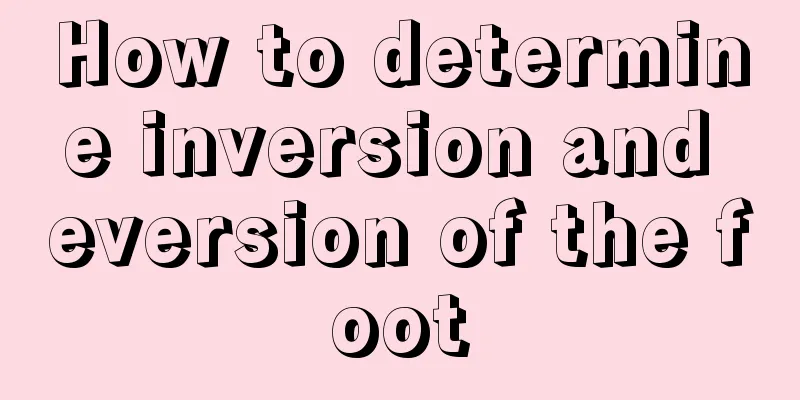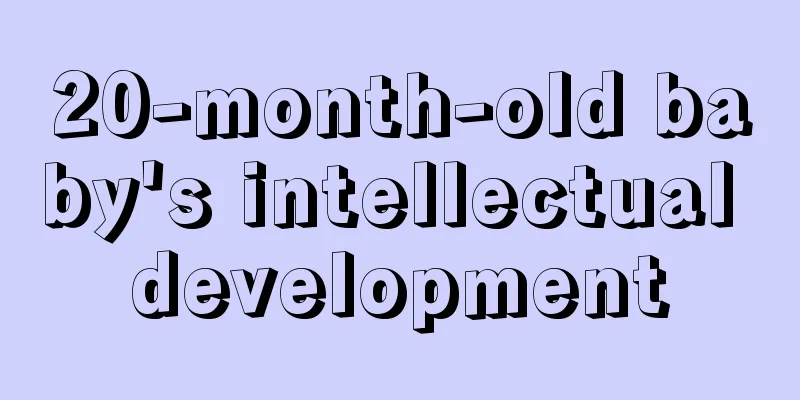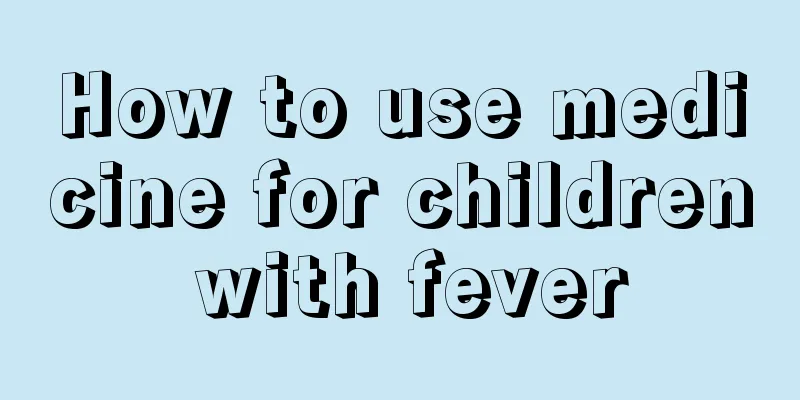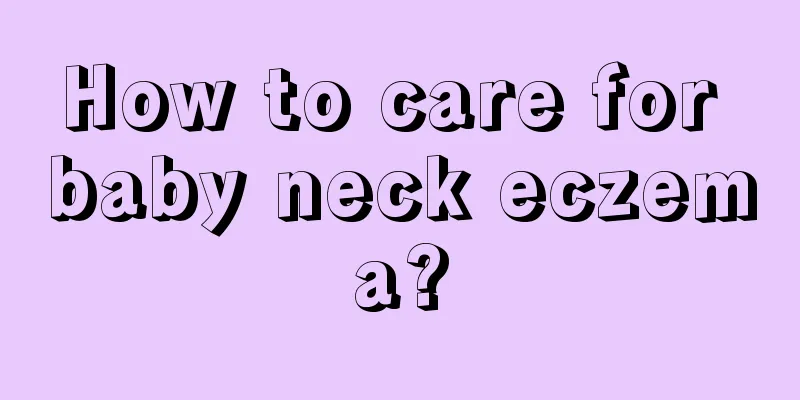What to do if your child has a fever

|
Children are very lively and active, and often play until they are covered in sweat. If you are not careful at this time, the children may catch a cold and have a fever. When a child shows symptoms of fever, parents must pay attention to observe the child's reaction and provide some care for the child to prevent the cold and fever from becoming serious. Now let's talk about what to do when a child has a fever. 1. Rest Increase rest time and ensure that children get enough sleep to enhance their disease resistance. 2. Observe body temperature If the child's body temperature exceeds 38.5 degrees Celsius, it means the child has a fever and physical cooling (warm water bath) or drug cooling should be performed immediately (preferably under the guidance of a doctor). 3. Diet Children with colds often have poor appetite, so parents can arrange feeding time when the body temperature is close to normal after the fever subsides and give the children light, easily digestible food. 4. Stay hydrated Especially when the fever is high, you should eat more to replenish the loss of water. 5. Wear appropriate clothing and bedding Do not overdress or cover your child too much when he or she has a high fever, because on the one hand it will not dissipate heat easily and cause the body temperature to rise, and on the other hand it will make the child sweat too much and cause water loss. The correct approach is not to wear too many clothes when you have a fever. You should take off some clothes when you go to bed to avoid catching a cold after getting up. You can cover yourself with a little more quilt than usual, but you should reduce it in time after sweating. 6. Keep bowel movements smooth Keeping bowel movements regular helps your child's body temperature return to normal. If a child is constipated, parents can use ketamine to relieve the symptoms. 7. Wipe with warm water or take a warm bath Wipe your child's head, armpits, and limbs with a warm, wet towel or give him or her a warm bath, scrubbing the skin more often to promote heat dissipation. 8. Foot bath It can promote blood circulation, relieve discomfort, and lower the baby's body temperature. You can use a large basin or a small bucket to soak your feet. Pour 2/3 of the basin with water. The water temperature should be slightly higher than usual, based on what your baby can adapt to. When soaking the baby's feet, the mother can rub the baby's two little feet, which can not only dilate the blood vessels but also relieve the discomfort caused by fever. 9. Ice You can use a small amount of ice or cold compress on the baby's head or large blood vessels. But be sure to wrap a layer of cloth around the ice bag to prevent local frostbite on the baby's skin, and babies under 6 months old should not be given ice compresses. There is still much controversy about the pros and cons of this approach. It is generally believed that ice compresses do more harm than good, because they may cause the capillaries in the baby's skin to contract, hindering heat dissipation and causing the body temperature to be higher. Especially if accompanied by chills or shivering, ice compresses should not be used. 10. Wet towel compress Wipe your baby's limbs with a warm towel, or apply a wet towel to the forehead to help reduce fever. 11. Medication To reduce fever, you usually choose cooling patches or cooling suppositories. You can also use oral solution or granule dosage forms. For infants under 1 year old, it is best to use drops because the drug concentration in drops is low and the irritation is less. 12. Drink water Feed your baby water repeatedly and try to let your baby rest in bed. While taking the above-mentioned antipyretic measures for children with fever, you should closely observe the baby's other conditions, such as whether he or she has a cough, his or her mental state, etc. If the temperature is too high, go to the hospital for treatment. |
<<: What are the effective solutions for baby's airsickness?
>>: When can a newborn baby sleep on his side?
Recommend
What are the precautions for newborns?
When a child is just born, he faces a brand new w...
Nursing methods for retinopathy of prematurity
The vision of a newborn baby is not yet fully dev...
How to deal with facial abrasions in children
If a child has a serious facial abrasion, he or s...
What are the symptoms of a baby with high fever and convulsions?
The mother's womb is a relatively healthy and...
What are the methods for boys to grow taller during puberty?
Many men want to know about ways to grow taller d...
Reasons why babies roll their eyes
Parents sometimes find that their babies have som...
Symptoms of teething in 2-year-old babies
When the baby reaches the age of two, his growing...
What are the symptoms of eczema in children
Because children's bodies are still in a deve...
What is the normal range of blood pressure for children?
Compared with adults, the blood pressure of young...
What is the reason for black spots on the child's face?
Children are the apple of their parents’ eyes. Al...
What are the folk remedies for children's cold and fever?
Children are the little treasures of every family...
How do children grow taller?
Some children appear shorter than normal children...
What to do if your one-year-old baby doesn't like to eat
When babies are young, there are many problems th...
Vomiting white foamy sputum
Symptoms of vomiting, white foam, sputum and othe...
What to do if your child suddenly complains of a headache
Children are still in the early stages of physica...









